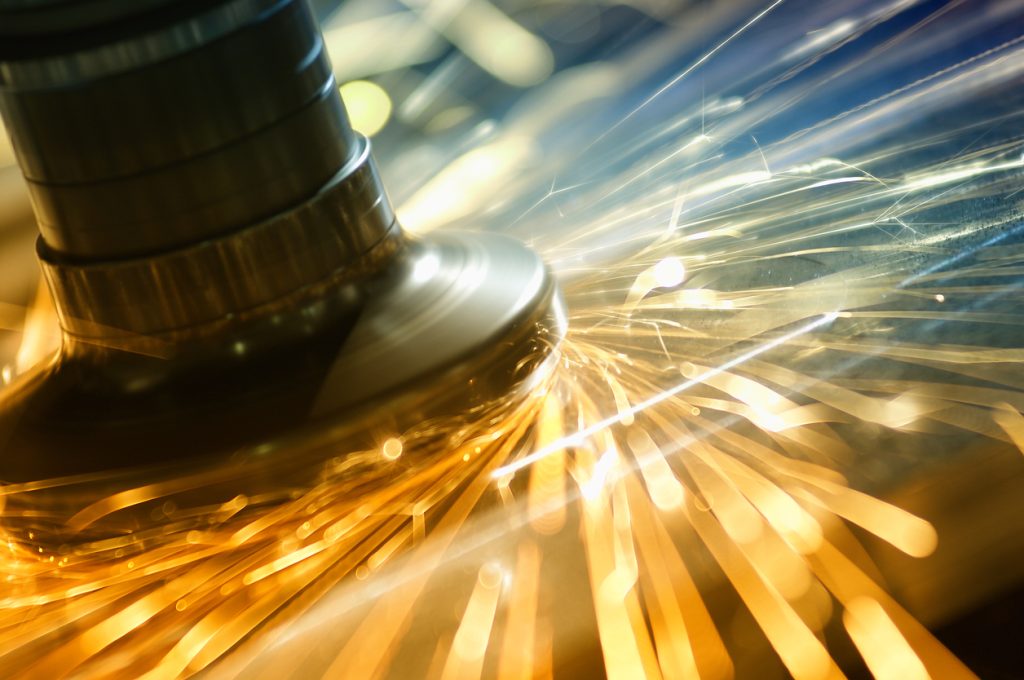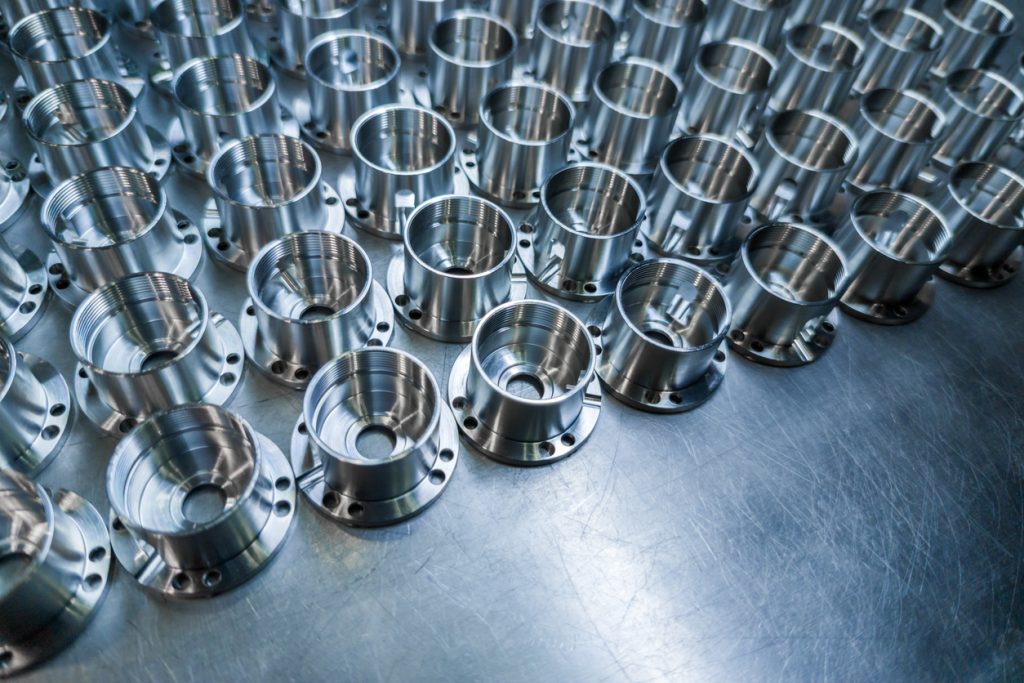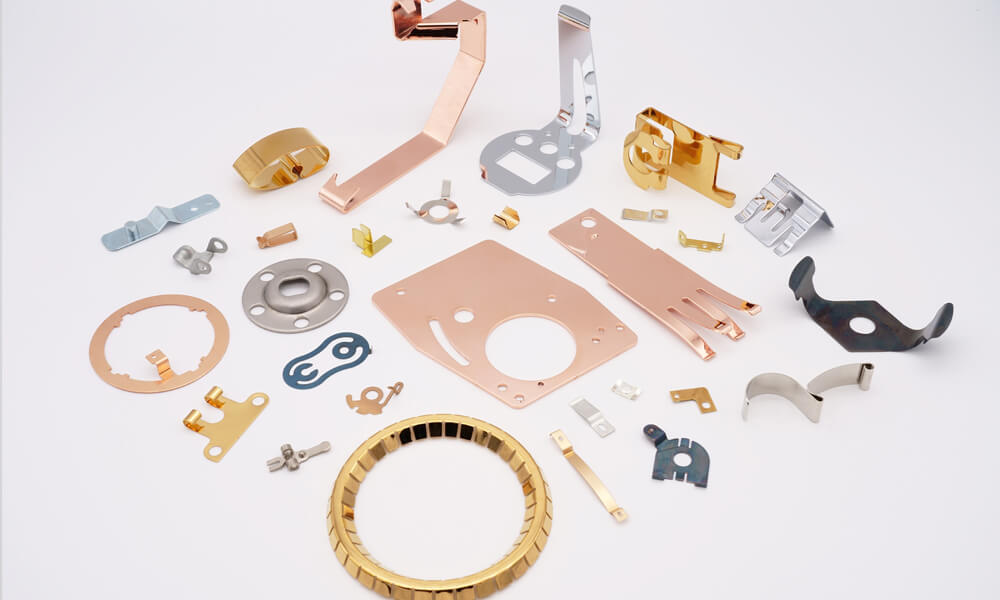The manufacturing sector is a constantly evolving industry. The innovations and processes developed are all to meet the ever-growing complexities of consumer demand.
The success of these new ideas is clearly seen when attending the various industry shows across the UK. Virtually every attendee or speaker will promote, to some extent, the inclusion of digital processes in manufacturing, such as the prevalent CNC machines. But the benefits of digital manufacturing are not limited to the manufacturing itself. By implementing digital upgrades into every link in the supply chain, manufacturers have significantly improved their efficiency, productivity, and overall effectiveness within the industry. But how is manufacturing digitised?
What Is Digital Manufacturing
Digital manufacturing is essentially the inclusion of computer systems alongside manufacturing processes, supply chains and other services. The technologies used in digital manufacturing can connect all the areas required for production and build a unified plan for spring manufacturers and many other products. With this, initial designs to final production can be monitored accurately to maintain the necessary high level of quality.
When managing any industry, it’s vital to have the correct information available at all times. The idea behind digital manufacturing is to connect these systems that are separated far and wide. By creating an accessible link between all these parts of product creation, you can eliminate the wasted communication times that plagued the process before digital solutions connected them all.
This metaphorical thread weaves its way through the whole process and creates a wealth of data that can be analysed to reveal any failures in current operations. So, for example, compression spring manufacturers who digitise their manufacturing can also help anticipate customers’ needs or potential rises in demand.
The Three Elements of Digital Manufacturing
Digital manufacturing is summarised into three elements that cover the entirety of their effect on the manufacturing industry.
The Smart Factory focuses on the idea of implementing automation into manufacturing. Smart factories use various tools such as intelligent machines, tooling and sensors to assist the company’s engineers and other workers by supplying real-time data on the operations in progress.
Smart factories rely on a bridge between two technologies, Operational technologies and Information technology systems. This combination is vital to creating a data exchange between the tooling and machines and the programs that control them. These can be further improved upon by using in-depth business analysis techniques to monitor the efficiency of your operation technologies. This ability to monitor your manufacturing processes in real-time and enact whatever process control optimisation you see fit is invaluable for any manufacturing company.
The Value Chain Management element focuses on increasing efficiency with the resources needed for manufacturing. This is where you can optimise your processes significantly to make the most of what you need to create your products. Optimised process, concise inventory, and happier customers with better products are proven results of digitising your manufacturing. Additionally, this helps with creating a lean manufacturing process that will have the secondary benefits of lowering your environmental impact.
Product life cycles assist with everything from the initial designs to sourcing the materials and, finally, its production and lifecycle. This is the most direct digital intervention on manufacturing methods such as torsion springs, for example. The digital data available throughout this whole creation chain will include every step for analysis, including any potential changes or revisions.
Industries That Rely On Digital Manufacturing
The aerospace and national defence industries have relied on the benefits provided by digital manufacturing for years. These digital tools have become essential for monitoring the vastly complex supply networks required for their machines and vehicles. For example, modern military aircraft contain thousands of components collected from various sources.
In recent years, most digital manufacturing tools have upgraded to include cloud computing options that will allow manufacturers and suppliers to communicate far more efficiently and address any issues quicker. Digital solutions increase production efficiency and help with the preparation and design phases. The Boeing 777, commonly known as the triple seven, was the first commercial aircraft designed entirely on a computer.
Many other industries have benefited from digital manufacturing by incorporating automated processes. Additive manufacturing, CNC milling, lathing and cutting, and laminated object manufacturing are just a few digital processes embraced by many manufacturers.
Digital Manufacturing with European Springs
It is evident that digital manufacturing is highly effective in improving manufacturing, but why? Digital manufacturing can provide a higher level of quality previously unattainable due to human error. The increased productivity from machines that don’t tire alongside the ability to optimise your current operations contributes to improving your business and the manufacturing industry as a whole.
Computer automation has been an enormous step toward creating a consistently high-quality product for most manufacturers, including our own standard wire form manufacturing processes. Our team of engineers can assist with your planned designs for wire forms, springs or pressings thanks to our expert design support team. Working with you, our team can help finalise a product fit for the function and will meet all your specifications and needs.
We also offer a professional bespoke service, including rapid prototyping of springs and stampings that can help you find the exact component you need. If you have any questions about how our advanced manufacturing processes can help your business, then please don’t hesitate to contact us directly with our enquiry form.




















